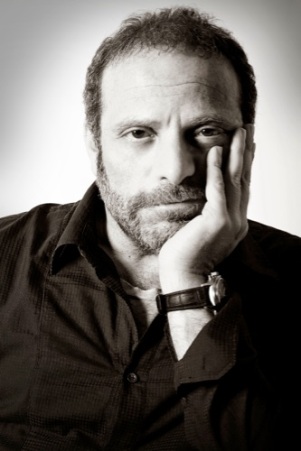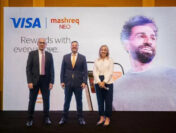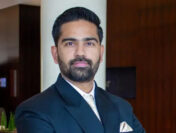
He takes the stage, and he inspires. For Ramsey Naja, Chief Creative Officer, J. Walter Thompson Middle East & Africa, it is the combination of his absolute belief in the region’s creativity and a die-hard call for the region’s creative minds to find their own, original voice that fuels his passion.
Mr Naja does not limit his call for originality to the advertising and media professionals but sends it out to all those who are shaping the region’s face and social fabric.
Reflecting to the earlier part of the decade with the advent of Arab Spring and its various fallouts, Mr Naja draws attention to the “gigantic” impact that Arab Spring had on arts, culture and advertising. “The language was removed from repression to self-expression. Everything was underground, and all the movements happening at the time were digitally driven. They were on Facetime, Facebook, Four Square, and eventually this gave rise to an interesting culture,” Mr Naja remarks.
The developments also triggered rising advertising confidence that manifested itself in remarkable ways. “Before the Arab Spring, when there were no budget constraints in the Middle East, all advertising was larger than life. Then something clicked. Big brands began speaking easygoing language. Art is a very invaluable weapon for expression,” Mr Naja observes.
He reminded of the voices in adversity that took the situation and turned it into fun, creating memorable content. In the KSA, many tried to change the perception of the way artists were seen, as art was forbidden almost illegal. He says, “At the time, there were posters in Riyadh saying ‘Fan (pronounced as fun) Halal’ which means Art is Halal, it’s ok to have it. Our society was discovering new artistic self-expressive works. Many fashion designers, architects, artists were getting their act together and being more self-assertive.”
The Middle East advertising however was still very shy about expressing itself. “And we have still not found the language that is very much ours, Mr Naja remarks, adding, “For creatives in the Middle East, campaigns that bring out the essence of the region are very significant. What happens when you sing but you are not sure of your own voice? You do Karaoke. In Japanese, ‘karaoke’ means empty orchestra. The term ‘empty’ itself is very sad and we do Karaoke like nobody else.”
He explained his point drawing examples of the Al Kazim Towers in Dubai Media City that was made to resemble New York City’s Chrysler Building. “By doing such things, we are trying to be the Long Beach and Café de Paris, completely missing out on being us,” he says.
“There is something wonderful happening in the region however that gives us something to cherish, and look forward to. Instead of importing cartoons and artefacts, why can we not explore our own stories of the Arabs. This is a statement of intent. There are some examples already of people who are telling the story of the land. And the intention behind is that instead of karaoke, we have started doing versions of our own,” Mr Naja states.




